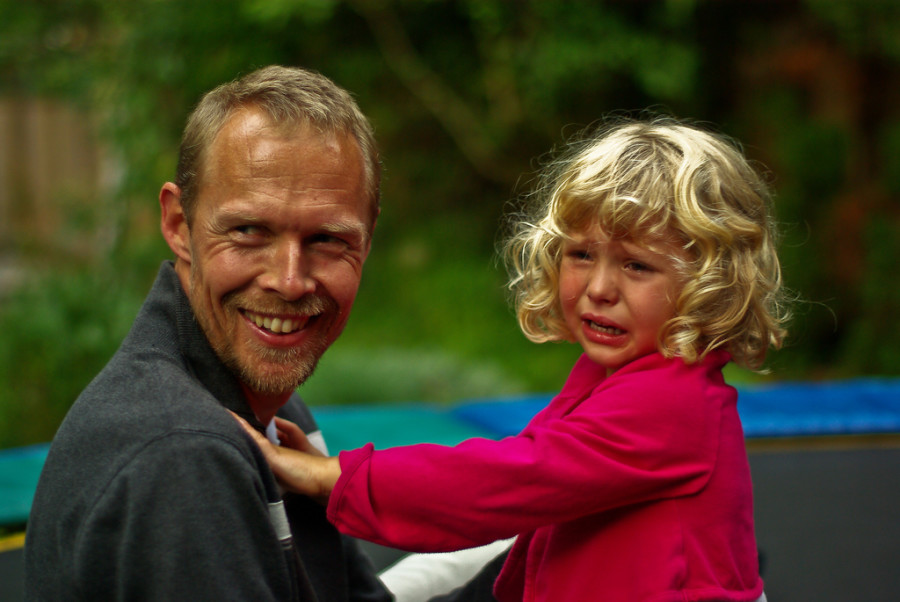If You Want to be Happy and You Know It, Then Cry

The formula for a blockbuster film always includes a sad moment that produces tears. There is a reason for this, and it is not what you think.
Ever notice how close you feel about a date after seeing a movie that makes you cry? That is because scientists (1) have proven that when people watch emotional scenes together they sync up. Their brains meld and prompt feelings of closeness and community. Ironically, heart-wrenching films create a ‘feel good’ effect on you and the person you are with. You see this bonding in people who fight wars together, people who tackle an adversity together, or people who fight a disease together. It is why many people feel a close relationship with their therapist, their doctor or their clergy. The other party shares in the overflow of Oxytocin produced bonded feelings when they are unearthed and discharged from hidden fears.
In a squabble with a loved one? Go to see a sad movie together. Feeling lonesome, go see a sad movie.There is a reason that big blockbuster films have included sadness in the formula. It is not just to bring the audience members closer together. It is also for the audience to bond to the movie itself. It is especially bonding when the movie goes full circle from sad to happy and back again. It reinforces bonding. It is also no accident that the movies often use Mothers dying as a way to quickly create the Oxytocin bond in both children and adults. Think Bambi, Old Yeller, The Lion King as just a few who made the feeling of sadness pop up to remind us of the bond with our own Mother. Then, once Oxytocin drops the movie bonds both you and your Mother to the movie so that the movie will sell.
When a family member is dying and the family surrounds the loved one, they all share in the tears and the Oxytocin drop, thus bonding a family that has been at odds with each other in the past. It knits a family to cry together.
There is field of called Neurocinematic research where the neurological effect of movies on the brain is studied. They have found that our brains process information on basic plot and story line. We use both hemispheres of the brain by using our emotions to process the plot as well; the logical side and the emoting side.
Also, check out this worksheet and share with us your answers via the contact us page form.
One Comment on “If You Want to be Happy and You Know It, Then Cry”
Leave a Reply Cancel reply
This site uses Akismet to reduce spam. Learn how your comment data is processed.
Copyright © 2024 · All Rights Reserved ·


Pingback: If You Want to be Happy and You Know It, Then Cry | Happy Hereafter